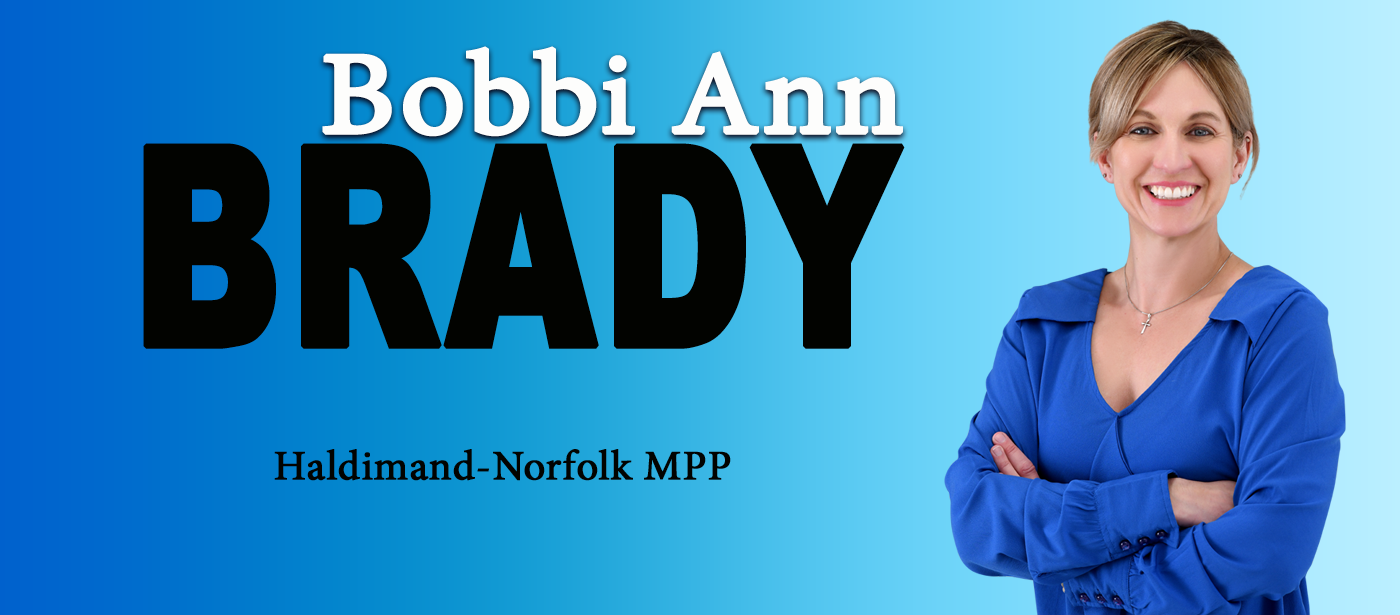By MPP Bobbi Ann Brady
The word “hero” is bandied about today. But in the spirit of Remembrance Day, I’ll focus on the heroes we know as veterans. Veterans argue that unless they went beyond the call of duty, they are not a hero. I beg to differ, but veterans are humble.
All have amazing stories of bravery and sacrifice.
There are famous war veterans, but over time many were forgotten. Justifiably, Canadians have resurrected their memory.
Among this group, I’d like to focus on two Canadians who are heroes by any measure.
I’ll start with Canada’s most decorated Indigenous war veteran, Sergeant Tommy Prince.
Sergeant Prince was born 1915 in Manitoba and was a member of the Brokenhead Ojibway Nation.
Prince developed an interest in the military but was first rebuffed when enlisting. Later, he joined the Royal Canadian Engineers after the outbreak of World War II. By 1942, he was a key player in the 1st Special Service Force (FSSF), a joint Canadian-U.S. unit that became known as the Devil’s Brigade (immortalized by Hollywood in 1968).
Prince became renowned for his marksmanship and scouting prowess.
One of his most astonishing exploits was in February 1944: he spent 24 hours perched in a farmhouse in Latina Italy, reporting German positions via telephone. Shelling severed his telephone line, so Prince, disguised in farmer’s clothes, emerged from the house pretending to tend the land. In view of German soldiers, he bent over pretending to tie his shoelace, fixed the wire, and sauntered back inside to continue reporting. His intel led to the destruction of four German posts.
Despite being awarded 11 medals for his heroism, Prince later experienced sickness and poverty. He died at age 62 in Winnipeg in 1977. At his funeral, the Princess Patricia’s Canadian Light Infantry served as his pallbearers and honoured him as a true Canadian hero.
Canada Post venerated Sgt. Prince with a stamp issued on October 28th.
William George “Billy” Barker remains the most decorated serviceman in Canada and the British Empire.
He enlisted in 1914 and returned May 1919 with the Victoria Cross, the Distinguished Service Order and Bar, the Military Cross and two Bars, two Italian Silver Medals for Military Valor, and the French Croix de guerre.
Barker was legend. He downed 50 enemy aircraft while still taking care of his own; in his last 12 months of combat, not one pilot under his command was lost.
Barker’s exploits earned him celebrity status. The ubiquitous Billy Bishop and Barker formed various companies and co-founded Canada’s first commercial airline. The pair also launched the Canadian International Air Show.
In 1927, Conn Smythe, also a flyer in WWI, named Barker the first President of the newly-christened Toronto Maple Leafs hockey team.
Barker also married Bishop’s cousin Jean Kilbourn Smith. In 1924, the couple arrived in Norfolk County to grow tobacco.
Sadly, Barker suffered permanent physical damage and in the last few years before his tragic death, he struggled with alcoholism.
He died in 1930 near Ottawa, at the age of 35, when he lost control of his biplane trainer during a flight demonstration for the RCAF.
Barker’s state funeral was the largest in Toronto history with 50,000 attending plus an honour guard of 2,000.
His tomb in Toronto’s Mount Pleasant Cemetery describes Barker as “The most decorated war hero in the history of Canada, the British Empire and the Commonwealth of Nations.”
November 11th we remember all our heroes: famous or not, strangers or friends who have bravely served. Lest we forget.
Bobbi Ann Brady is the MPP for Haldimand-Norfolk
